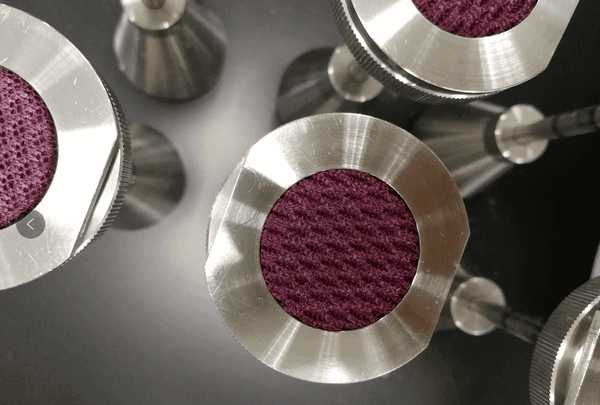- Qinsun Instruments Co., Ltd.
- Tell:+86-21-6780 0179
- Phone:+86-17740808215
- Address:No. 2578 Minhang District Gu Dai Road, Shanghai
- Contact:Mr. Li
- QQ:846490659
Selection of torque sensors

The selection of torque sensors should be based on the type of torque of the tested object, the operating conditions of the application, the structural characteristics and testing location of the tested object, the speed and rated torque value of the tested object, etc. Generally, the following 6 points can be noted:
1) If the measurement object is dynamic torque, such as measuring the starting and stopping curves of the motor and the changes in various working conditions, a measuring instrument with an analog output port that can output analog signals should be selected.
2) When used in laboratory settings, it is advisable to choose torque meters with higher accuracy, and the accuracy level should not be lower than level 0.5 or level 1; If the usage is in industrial sites, a torque meter with high reliability and simple structure must be selected, and accuracy is not required to be too high. The degree level is generally level 1, level 2, or level 3.
3) Try to use non-invasive sensors, and in measurement situations, the shaft system can be continuously opened. If using an immersive sensor, the shaft system must be disconnected, and the elastic shaft, as a component of the machine, intervenes in the entire transmission system, making it inconvenient to use.
4) Try to use non-contact signal transmission methods. Contact transmission uses more slip ring transmission, which is prone to wear and tear, requires frequent cleaning, is difficult to install, has low signal measurement accuracy, and the allowed measurement speed for measuring rotational torque is greatly limited. When the speed of the measured object is high, a non-contact torque meter must be used.
5) In terms of selecting the range of torque sensors, considering that the degree of the sensor is calculated based on the full range, the range of the sensor should not be too large for the rated torque being measured, in order to avoid significant measurement errors during actual measurement. On the other hand, the range of the sensor must have sufficient margin for the measured object. Therefore, if there is string vibration phenomenon in the measured torque, that is, the amplitude of the string vibration torque is superimposed on the steady-state torque, the range of the sensor is not greater than 1.5 times the measured torque; If measuring dynamic torque, the selected sensor range should generally be more than twice the rated torque.
6) Easy to install and use. The installation method of torque sensors has different installation requirements for different types of sensors. For example, the installation of magneto electric torque sensors must be strictly aligned, otherwise it will cause the elastic shaft of the sensor to bend, resulting in additional errors. Moreover, the horizontal installation of the shaft system without alignment during installation will lead to improper installation of the sensor.





